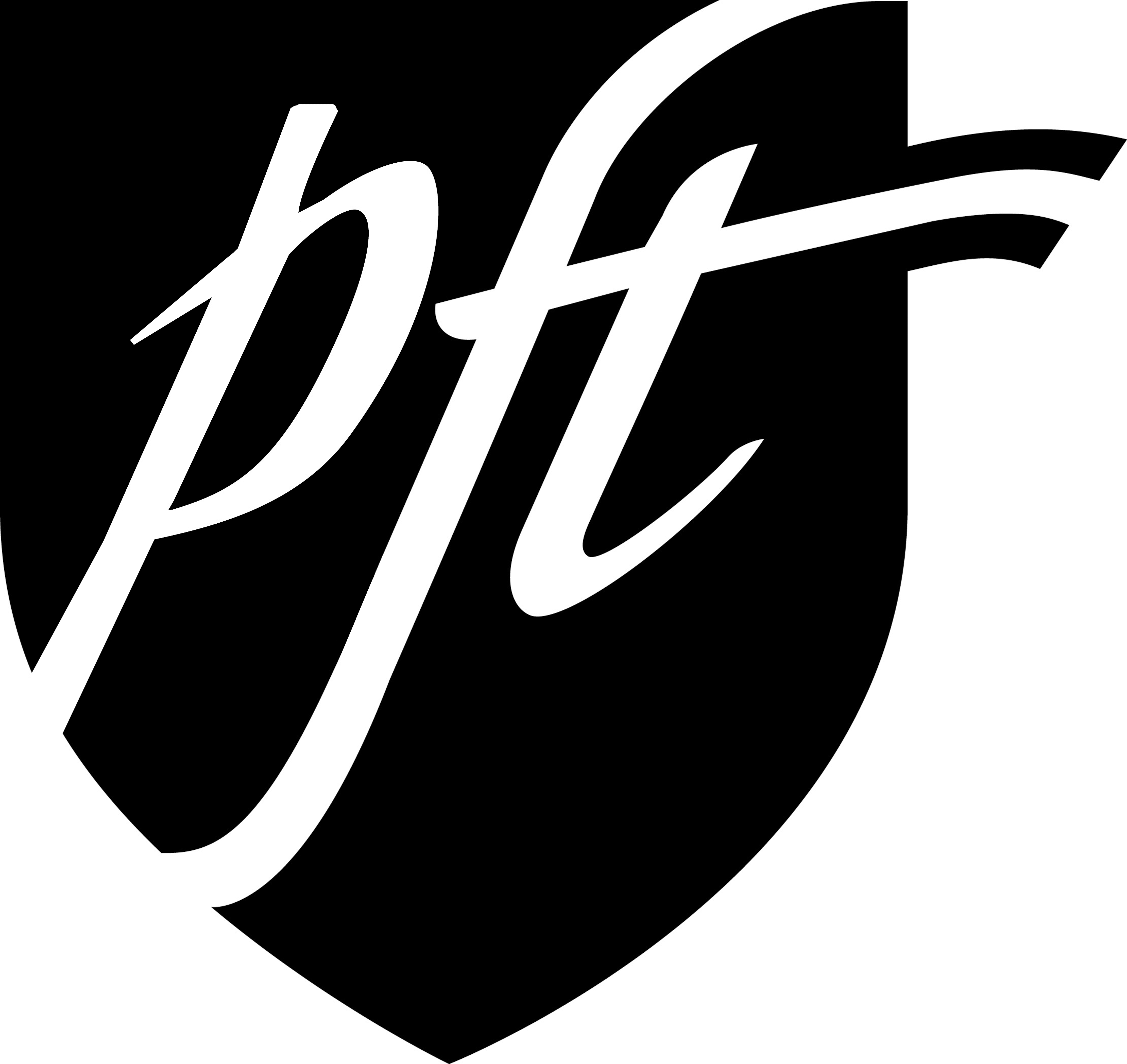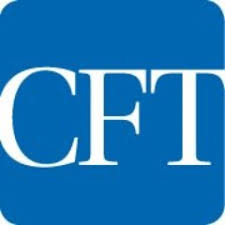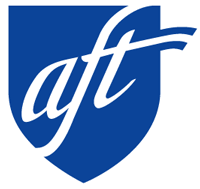 e-Bulletin January 28, 2019
e-Bulletin January 28, 2019
Dear Colleagues,
Below is some info on the PUSD School Board, the 2019-20 State Budget Proposal and it's potential impact on the PUSD Budget, and an update on the Specialized Academic Instruction initiative in PUSD.
In Unity,
Kelly
PUSD School Board Update
The PFT Executive Board has filed a complaint with the Fair Political Practices Commission, the District Attorney, and the City Attorney regarding Trustee Beatty’s unethical actions during the School Board Campaign (seen on a doorbell camera passing out defamatory literature from an unregistered campaign committee while wearing a PFT t-shirt, large hat, and sunglasses). The evidence thus far suggests that Ms. Beatty used an unregistered campaign committee calling itself, “Citizens for Sound Governance at PUSD,” to attack PUSD School Board Members that were up for re-election, in violation of disclosure, registration and contribution/expenditure rules. Since the committee was not registered with the Fair Political Practices Commission (FPPC), it left voters without any ability to verify the people behind the committee and the political attacks. We will keep you informed as we are updated on the status of these complaints.
Governor Newsom’s January Budget Proposal for 2019-20
Each year the Governor puts out a state budget proposal for the following fiscal year. In May, after legislators have had time to lobby for changes, a revised budget is released. The final budget is signed in June.
The current proposal includes:
ü An increase to the Local Control Funding Formula (LCFF)to fund the 3.46% statutory COLA. This would provide an average increase in per-pupil funding of an estimated $343 per ADA.
ü 3 Billion in relief for school districts,who have faced large increases in the amount they contribute to the State Teacher’s Retirement System (CalSTRS) on behalf of their employees.
o These increased contributions for employers have been legislated to mitigate the CalSTRS unfunded liability.
o Why is this relief for school districts important to teachers? When districts must contribute more and more to CalSTRS each year, it leaves less money for other things (like class size reduction and salary increases).
o In the Governor’s proposal, employer contribution rates would still go up in 2019-20 and 2020-21 but would increase by a total of 1.82% rather than 2.82%. The rest of the 3 billion would go toward the employers’ portion of the unfunded liability, which would reduce the employer contribution rate by about .5% by 2022-23.
ü Additional monies would go toward the state’s share of the CalSTRS unfunded liability. This payment is proposed to be the first installment of an estimated $2.9 billion to be paid to CalSTRS through 2022-23.
ü Both the money to support the employers’ contribution and the State’s share of the CalSTRS unfunded liability would come from outside of Prop 98. This means it would be in addition to the amount allocated to education ?.
NOTE: STRS is funded by the State (6.33% of salaries), the employee (between 9.25%-10.25% of salary depending on hire date/level of benefit), and the employer/school district (16.28% in 2018-19 and continuing to rise).
ü No one-time discretionary grant funding for school districts.There have been significant one-time dollars each year for the last four years. This was likely due to conservative budgeting, which resulted in major upward revisions of the Prop 98 guarantee, and therefore huge one-time discretionary grants in the following year. On-going dollars can support on-going costs like salary and health and welfare. One-time dollars can support one-time expenditures, like the one-time payment teachers received in last year’s settlement.
ü 3.46% COLA for Special Education. There is also additional funding proposed to support districts with both a high number of students qualifying for special education services AND a high number of “unduplicated” students (foster youth, EL, and free and reduced meal). PUSD does not have a high percentage of unduplicated students (we have about 22%) so we would not qualify for this extra funding. PFT is working with CFT to ensure they lobby for this additional funding to go to districts based on high numbers of students qualifying for special education services only, so that PUSD would qualify for these funds.
ü Funding for early child care and educationincluding universal preschool for low income four-year olds, and possible blending of TK with State Preschool Programs. There are no details at this time regarding the potential blending of programs. These one-time dollars would also come from outside of Prop 98. This means it would be in addition to the amount allocated to education ?.
Impact of the Governor’s Budget Proposal on PUSD’s 2019-20 Budget
ü According to Business Support Services Associate Superintendent Ron Little, here is how the proposed budget would impact PUSD if it is adopted as written: Net gain of $4.2 million in ongoing funding in General Fund
o 3.46% COLA on LCFF funding = $2.7 million over the 2.57% COLA currently budgeted
o 3.46 COLA for Special Ed = $160K over the 2.57% COLA currently budgeted
o STRS “buy-down” = $1.3 million decrease in projected employer paid STRS costs
ü Will reduce structural deficit to approximately (7 mil) per annum
ü District is discussing 2 million in potential budget cuts, rather than the 5.5 million in cuts they were considering in December. This would be in addition to a dollar for dollar reduction to cover anything newly added to PUSD in 2019-20, such as support for the SAI model sites.
ü Your PFT is working to calculate PFT’s “fair share” using our traditional formula as well as trying out a new formula from San Jose Unified. Our formula includes an analysis of this year’s new and on-going revenue from the state, less increased year-over-year costs for our unit (salary increases as a result of a negotiated agreement or teachers moving on the salary schedule due to education or years of service, increases in the employer contribution to CalSTRS, increases in Health and Welfare costs for our unit, etc.). The result of the calculation is used as a starting point for fiscal negotiations. Your negotiating team knows class size is the number one priority of our membership, followed by salary, then curriculum and supplies. (These priorities came out of our spring bargaining survey).
Specialized Academic Instruction Initiative (SAI)
Nine school sites applied to pilot a new instructional delivery model to serve students with disabilities. These proposals were reviewed by a joint team including PSEA, PFT, and the district. The team had some clarifying questions they will be asking some of the sites. In addition, the cost of each proposal will need to be calculated to determine how many sites the district can select and support. Impacts on employees will also need to be negotiated (class sizes, caseloads, resources and support, professional development with appropriate compensation and/or release time, any implications for teacher evaluation, etc.). As a result, announcements of Model School sites will be delayed until this work can be completed. Since funding will be allocated in the 2019-20 budget (and no money has been identified in the current year’s budget), the timeline for sites to begin will likely be fall of 2019.
--
Kelly Logan
PFT President
11031 Via Frontera, Ste. A
San Diego, CA 92127
(858) 674-2800


